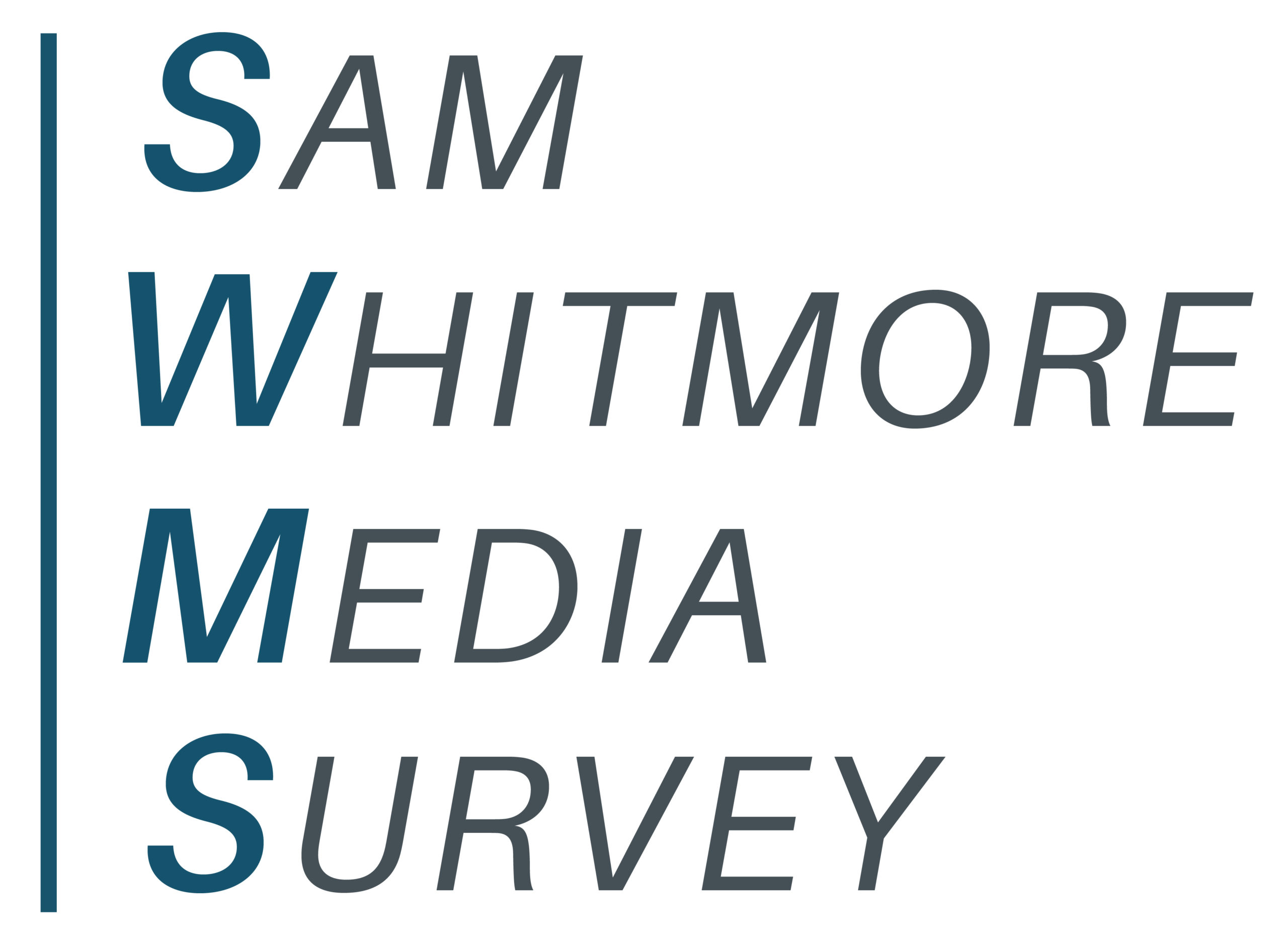
Pitching VC Trend Reporters? A Data Storm Is Brewing.
Until now at least, PR pros never had to pay much attention to tech analytics platforms such as CrunchBase, PitchBook and CB Insights. Sure, they might have had a blog. But PR was built to pitch publications. The worlds of tech data and tech edit really didn’t intersect.





